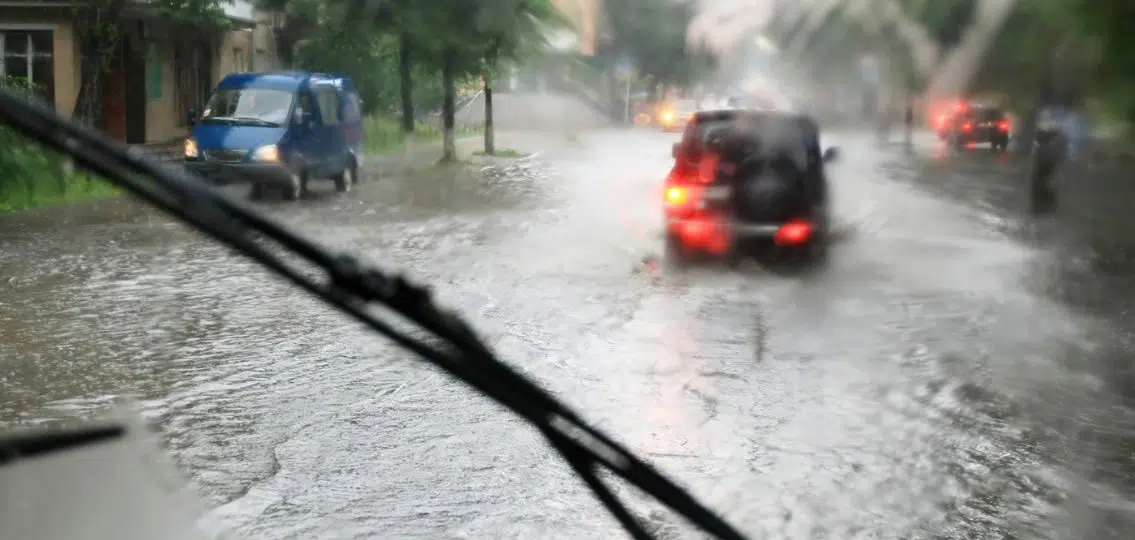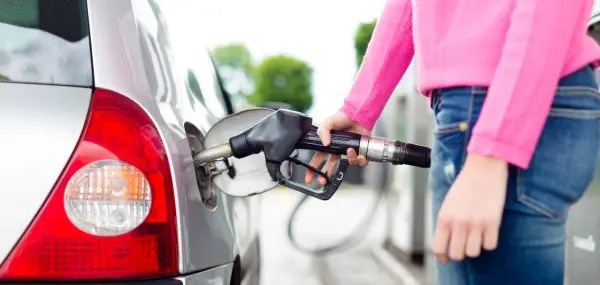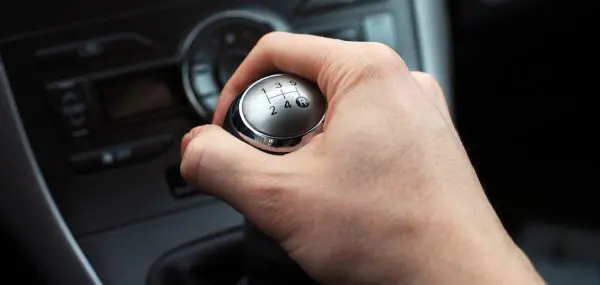Summer is fast approaching and that will often mean “ROAD TRIPS!” to your teen. But that can also mean hitting bad weather, which is much more than just an inconvenience.
I’ve been a storm chaser for nearly 25 years and have driven through some of the worst weather in the country. The real weather dangers on the road are most often from hazards ALL drivers encounter, not just experienced storm chasers. On average, more than 6,000 people are killed and 445,000 people are injured due to weather-related crashes each year.
Here are some tips that you can teach your new or soon-to-be new drivers to help them stay safe on the road and help you both worry less.
#1: Put a couple trusted weather apps on their phone.
Not just any app will do: Try using “Drive Weather” or “Weather on the Way.” Teens love using their devices, so before a trip, spend a few minutes with your teen looking at the forecast. If they’re traveling with another person, teach them to task the passenger with updating the weather forecast in between being the vehicle’s DJ.
Explain to your teen that knowing what weather they may encounter will save them time and money, and possibly their life. Make sure they have a way to receive weather warnings and that they know it’s best to avoid driving in the late afternoon and evenings when thunderstorm activity is typically the highest.
#2: You’re betting your teen’s life on their car’s dependency and safety, so make sure their car is in the best driving condition possible.
Advise your teen to make sure these car parts are ALWAYS in top condition (and check them yourself, too): tires should have plenty of tread and correct air pressure, brakes and headlights should be strong, and standard wiper blades should be switched out for ones that are higher quality. I also recommend using a glass treatment on ALL your windows (front, side, & rear) like RainX or a longer-lasting ceramic coating, because visibility in heavy rain can be a literal lifesaver by giving the driver an extra second or more to react and stop safely.
#3: Driving in Rain: Believe it or not, driving even in light rain is dangerous.
The obvious danger of rain is that too much can lead to potentially lethal flooding. But even a little precipitation can heavily impact visibility and tire traction. The National Highway Traffic Safety Administration (NHTSA) states that 70% of weather-related crashes occur on wet pavement and 46% occur during rainfall.
Here are some storm safety tips for how to drive in rain:
- Leave lots of distance between you and the car in front of you.
- Look several cars in front of you for brake lights to anticipate a sudden slowdown.
- Go easy on the brakes; use them gently to prevent traction loss.
- Follow in the tire tracks of the car in front of you.
- Be on the lookout for pooling/ponding on road shoulders. Also be on the lookout for water pooling in ruts and impressions left by heavy vehicles.
- When there are no vehicles in front of you, it may help to straddle the ruts on low traffic roads to avoid pooling water and lessen your risk of hydroplaning.
- If you suddenly encounter pooling or begin hydroplaning, don’t panic! Don’t hit the brakes, and don’t jerk the steering wheel. Either of these could lead to a spinout. Instead, take your foot off the accelerator and gently turn your steering wheel in the same direction your car is hydroplaning. This may seem contradictory, but it will help your tires realign with the direction your vehicle is traveling and assist you in regaining steering control.
#4: Tornadoes: Under a bridge is NOT a safe place to shelter from a tornado while driving.
While springtime is more favorable for tornadoes, they can still happen in summer. Riding one out in a car is potentially lethal. A tornado’s intense vertical winds can lift a car off the ground in less than a second and throw it hundreds of yards with ease. If you receive a tornado warning, it’s best to exit off the road as soon as possible and find shelter inside at a gas station, restaurant, or any well-built solid structure.
Overpasses are BAD places to take shelter. They actually help increase wind speed, adding to the danger. If you are in imminent danger, get out of the vehicle and take cover in a nearby ditch or low-lying area to help protect you from flying debris and violent winds.
#5: Driving in a Lightning Storm: A car is a relatively safe place to shelter from lightning.
But surprisingly, it’s NOT because of the car’s rubber tires! The car’s metal cage acts like a protective shell giving the lightning a path of least resistance before traveling into the ground. As long as you’re not touching metal, you’re relatively safe, and since car interiors are made from plastics, cloth, and other non-conductive materials, the electricity doesn’t have an easy path to you inside.
#6: Driving in Hail: Green/teal colored clouds can mean hail in thunderstorms.
Hail can diffuse sunlight to make the color green more apparent. Again, do NOT stop to shelter under a bridge/overpass. Any highway patrol officer will say that stopping on the side of the highway is already dangerous. Add in low visibility from heavy precipitation and a stopped group of cars under a bridge, and that’s a recipe for disaster. If you encounter hail, see green colored clouds when approaching a storm, or receive a severe thunderstorm warning, it’s best to exit off the road to find cover.
Keep these tips in mind when your teen travels this summer. When it comes to staying safe in extreme summer weather, a little preparation and education can go a long way.




